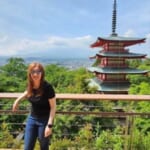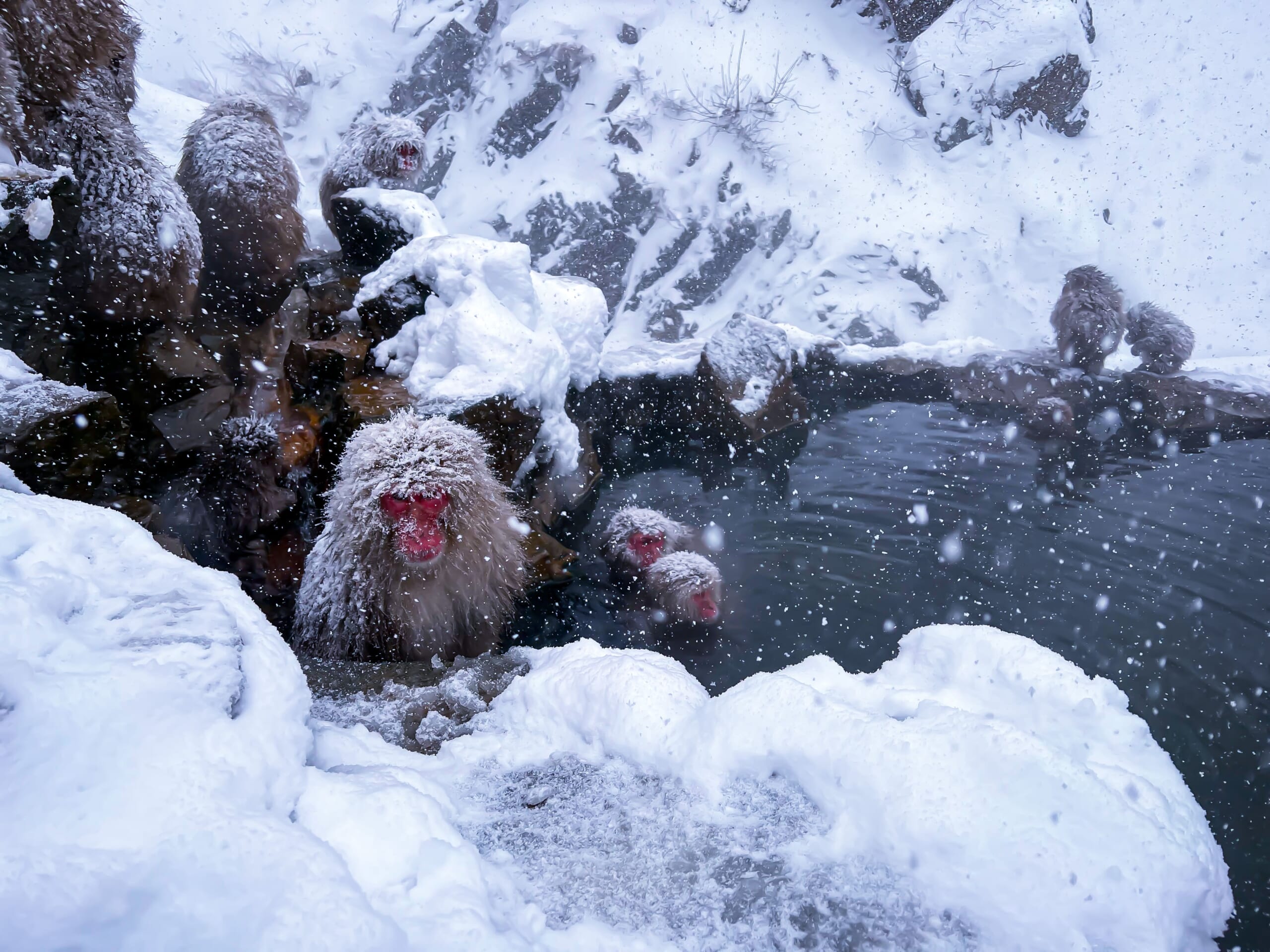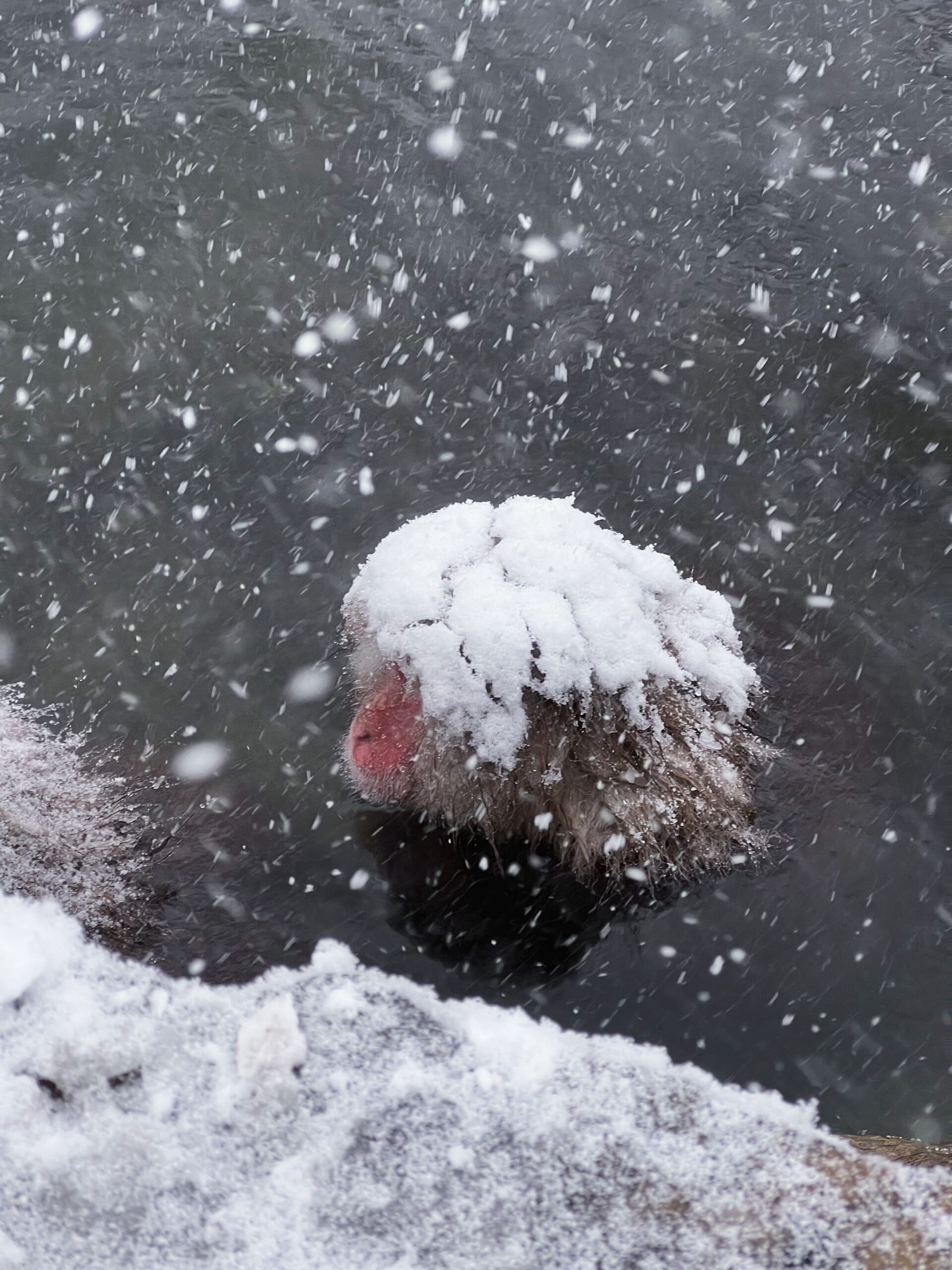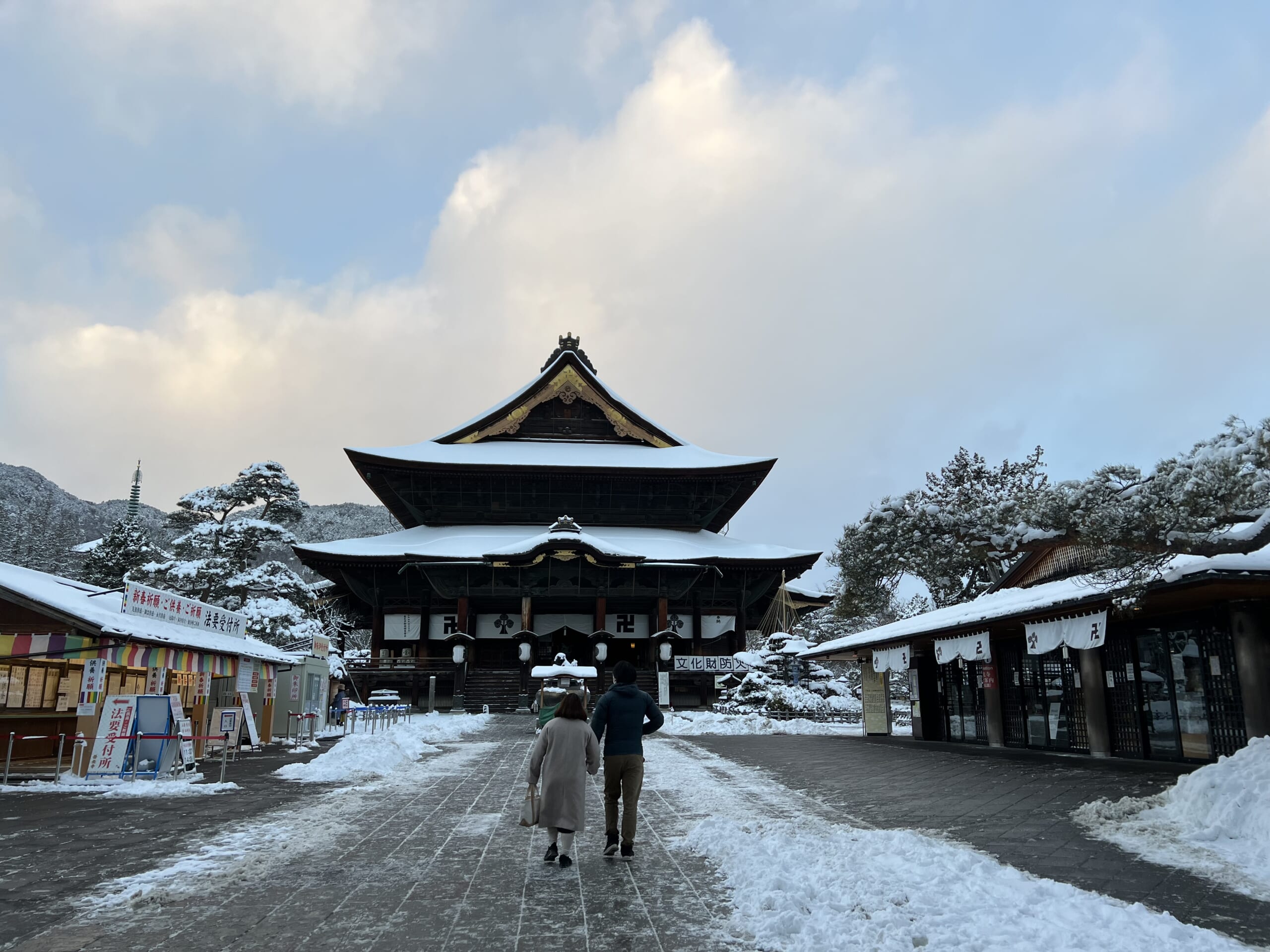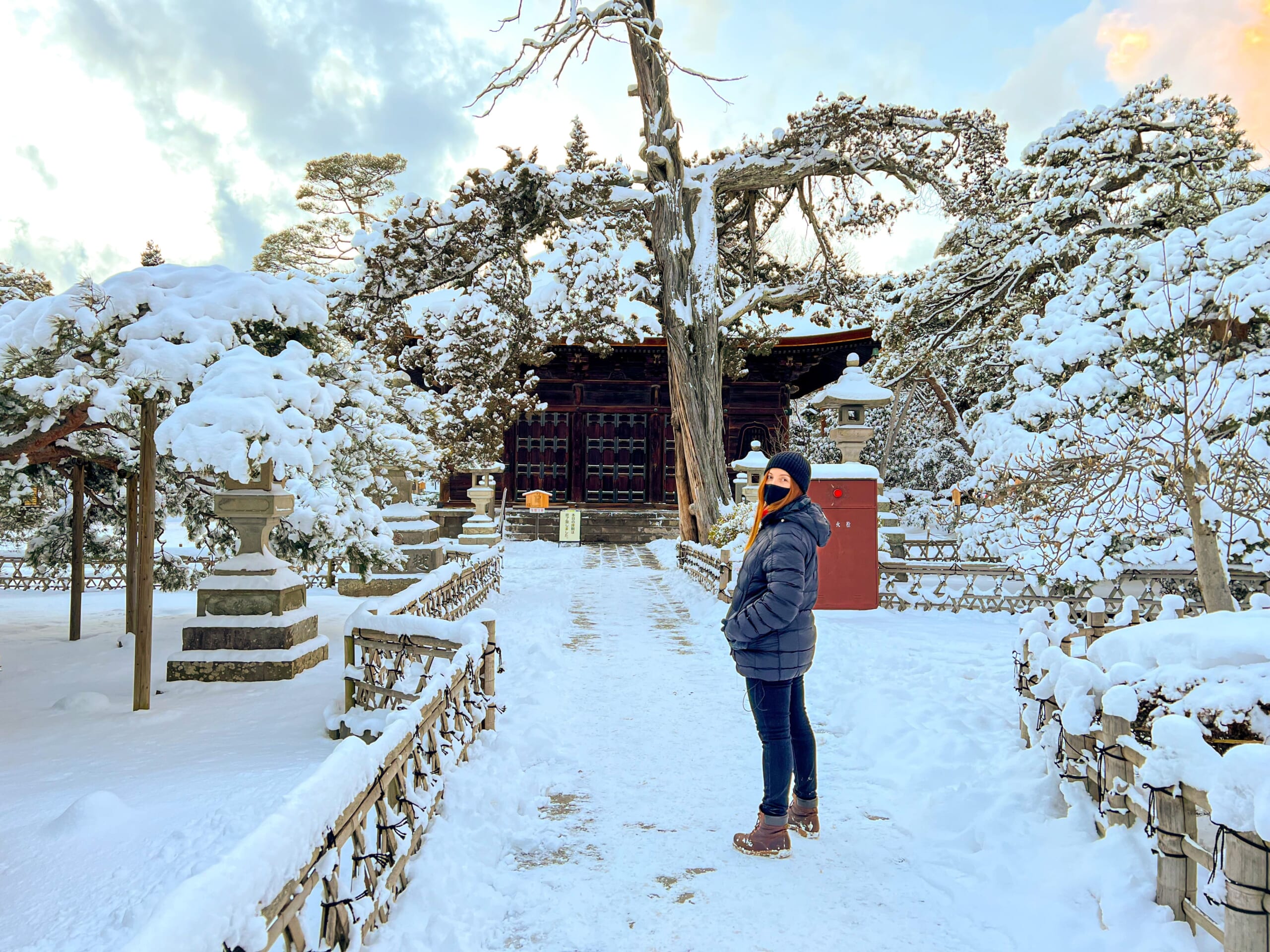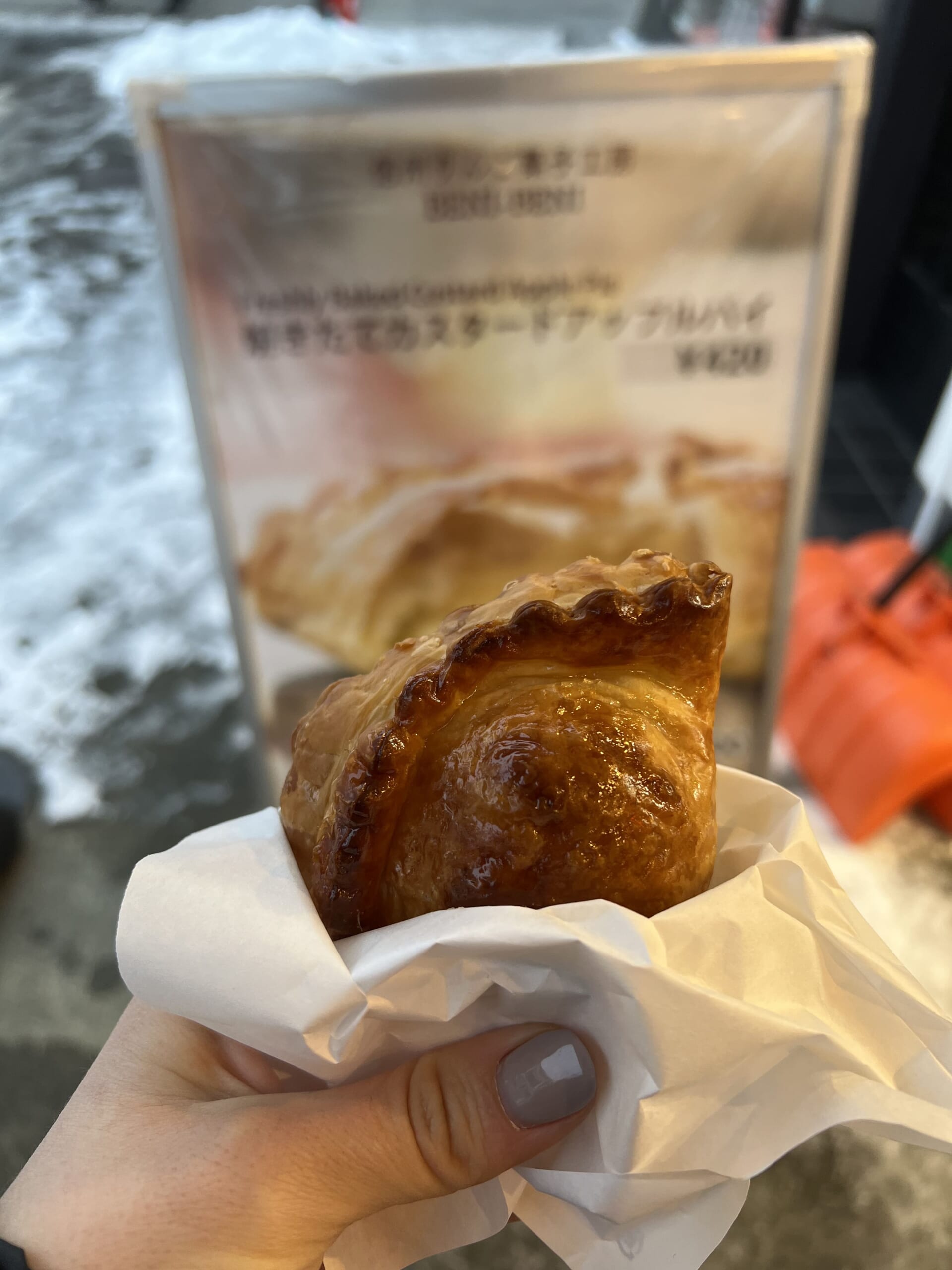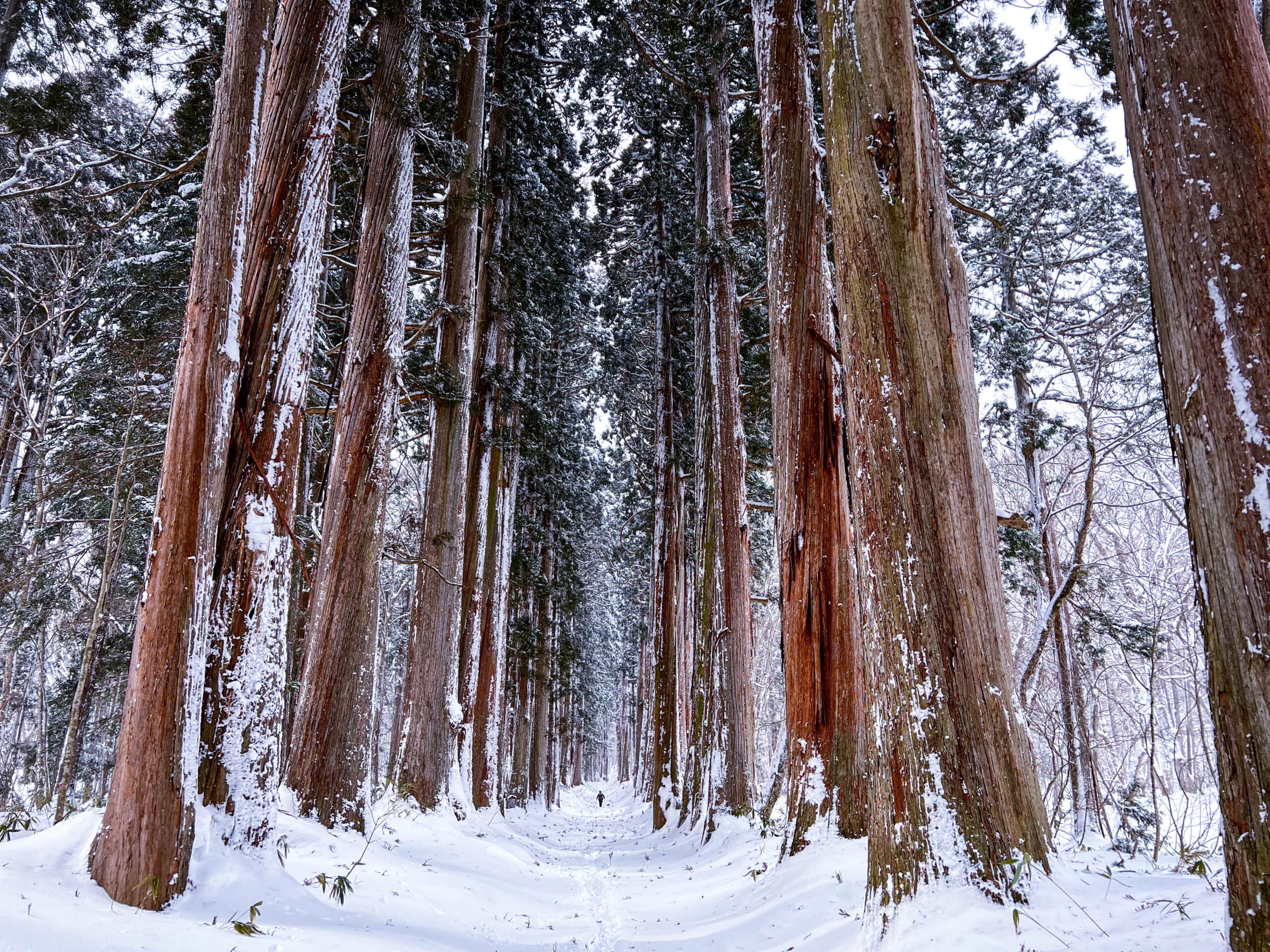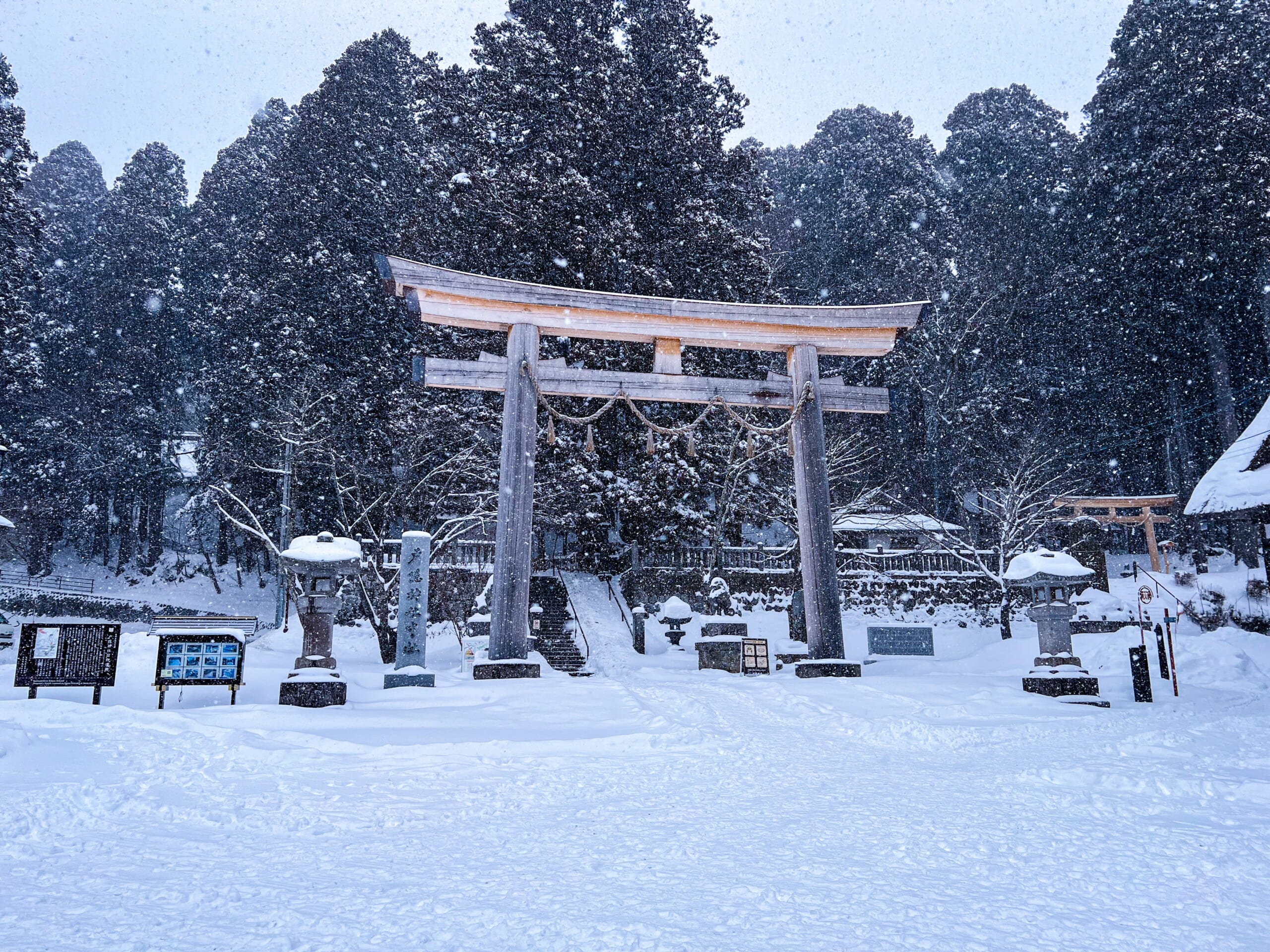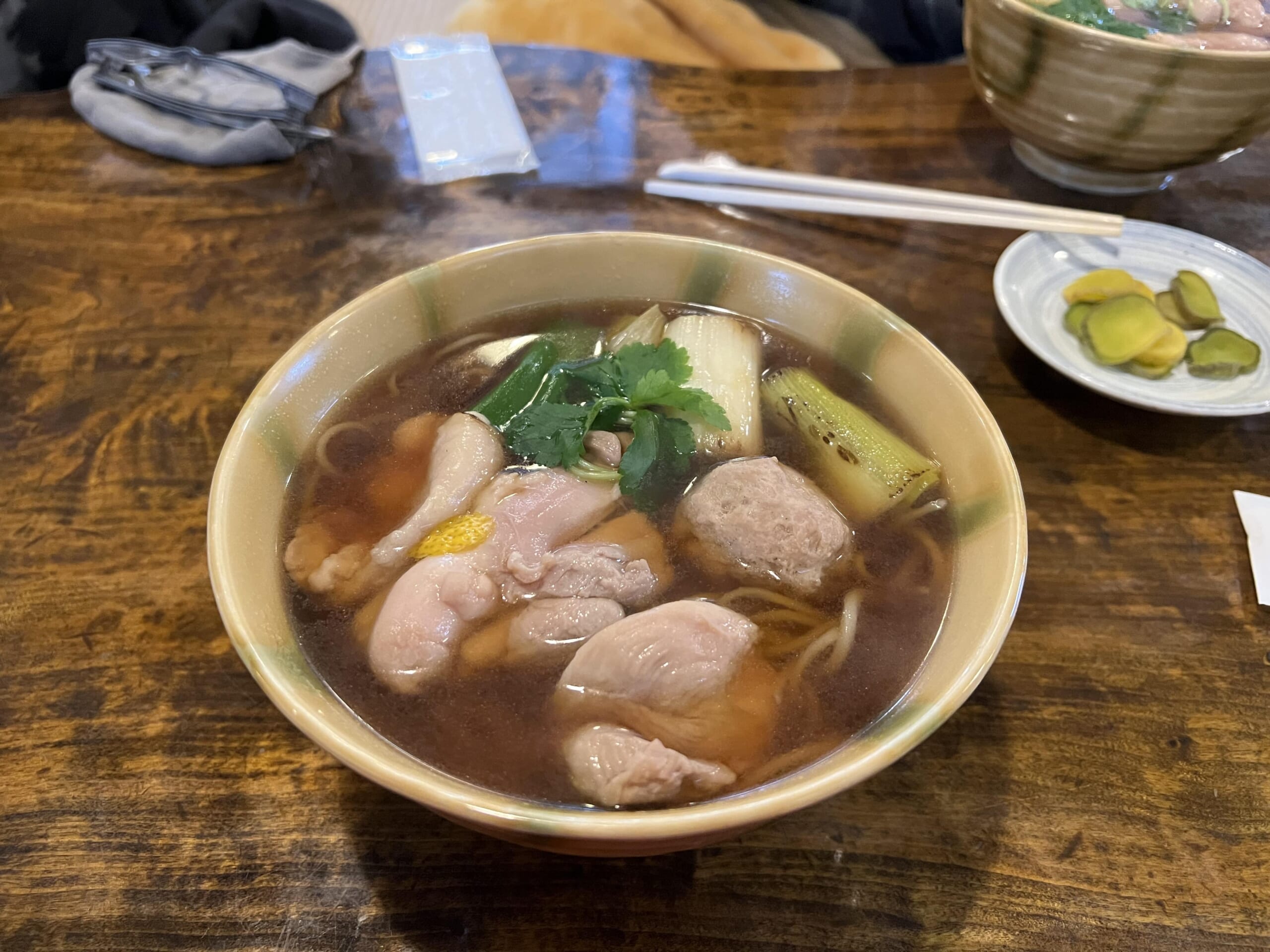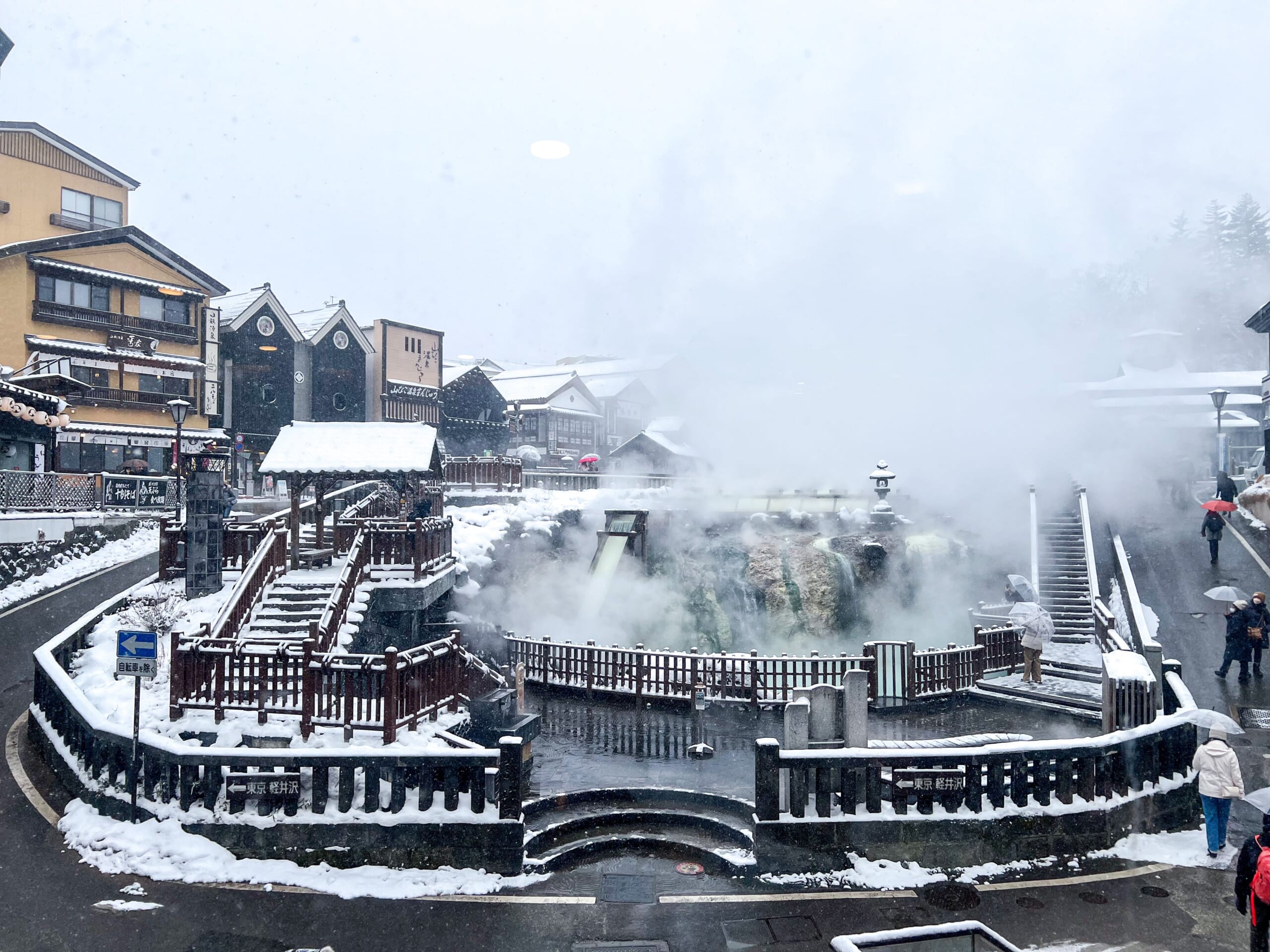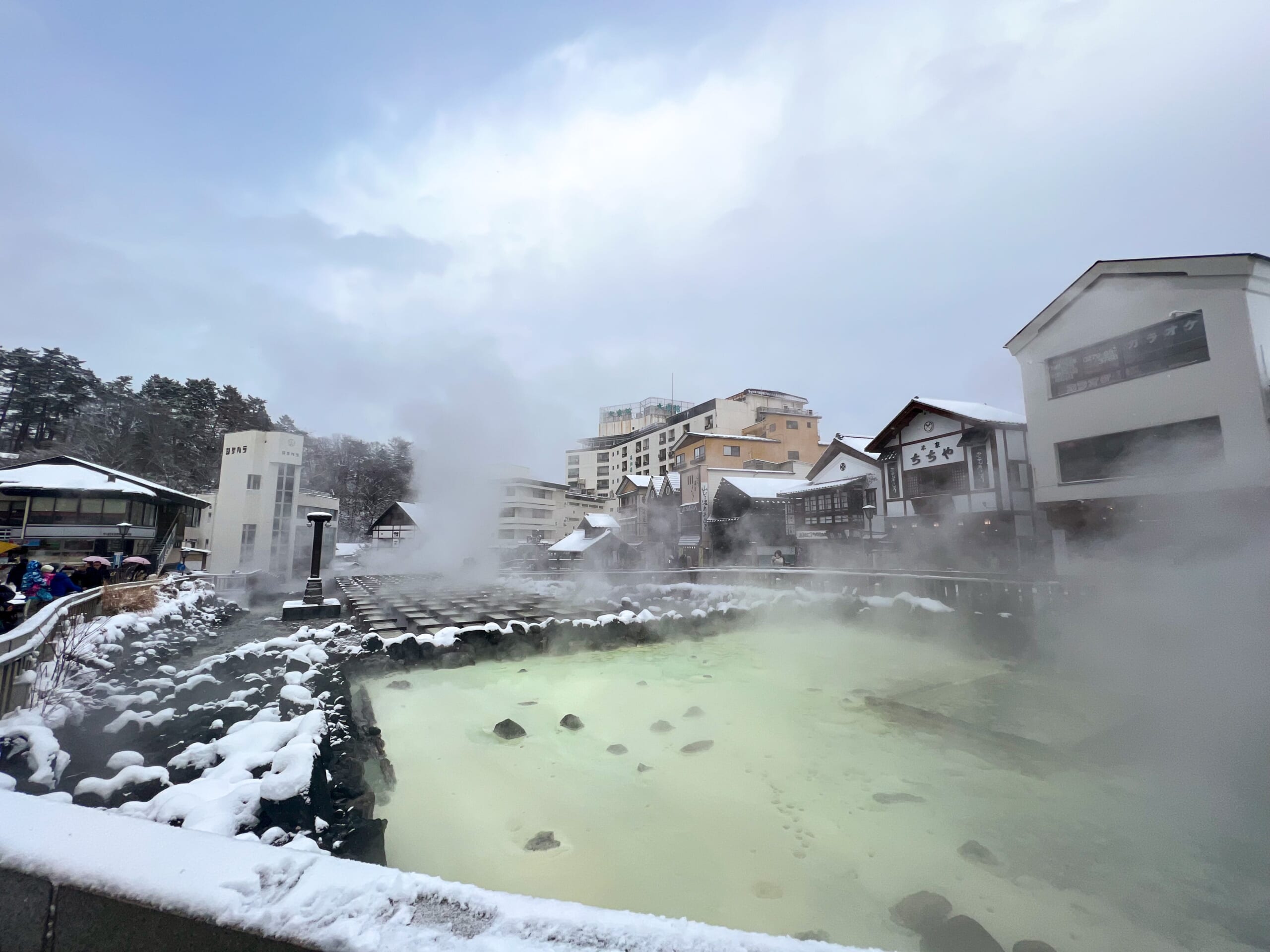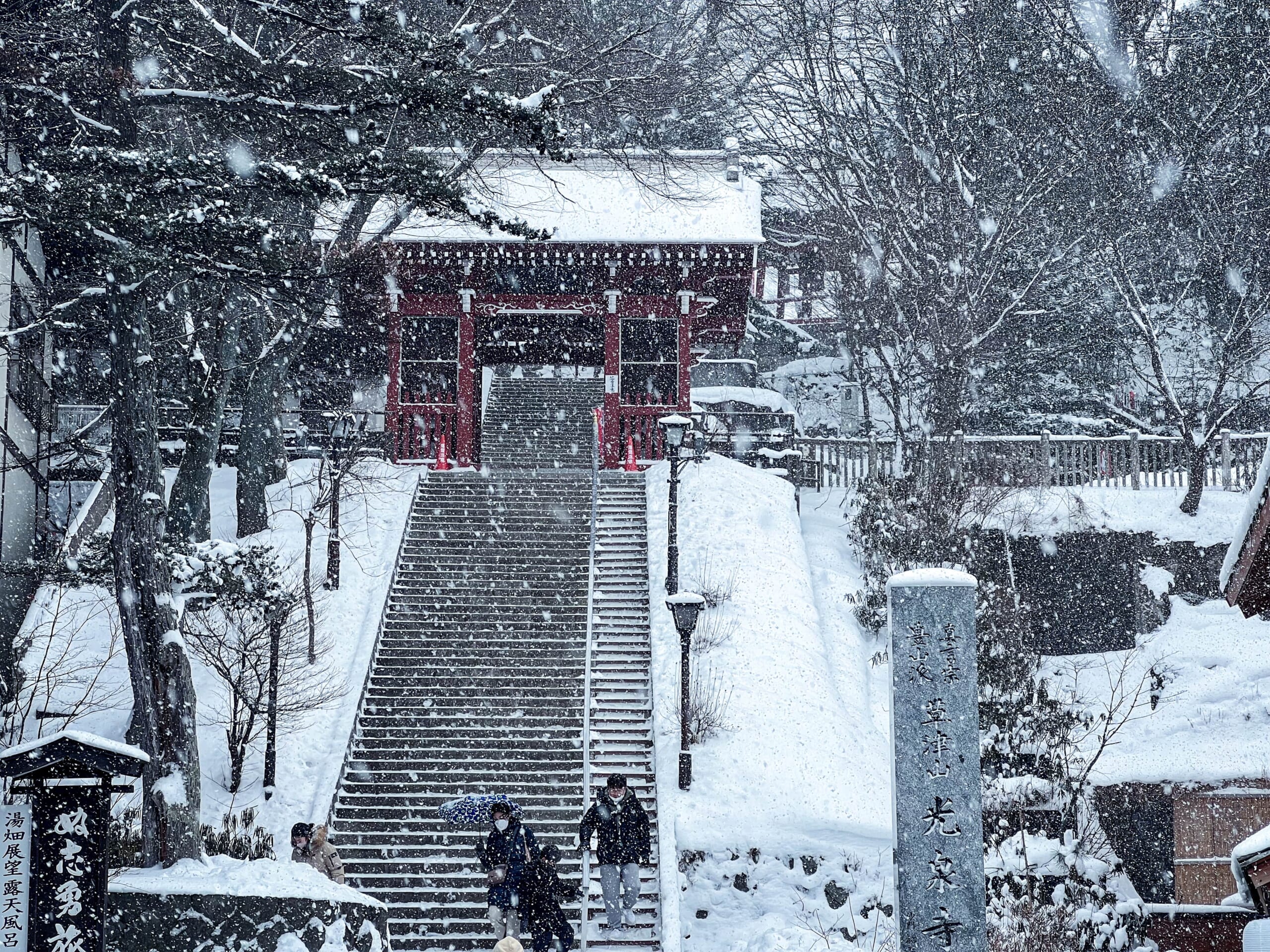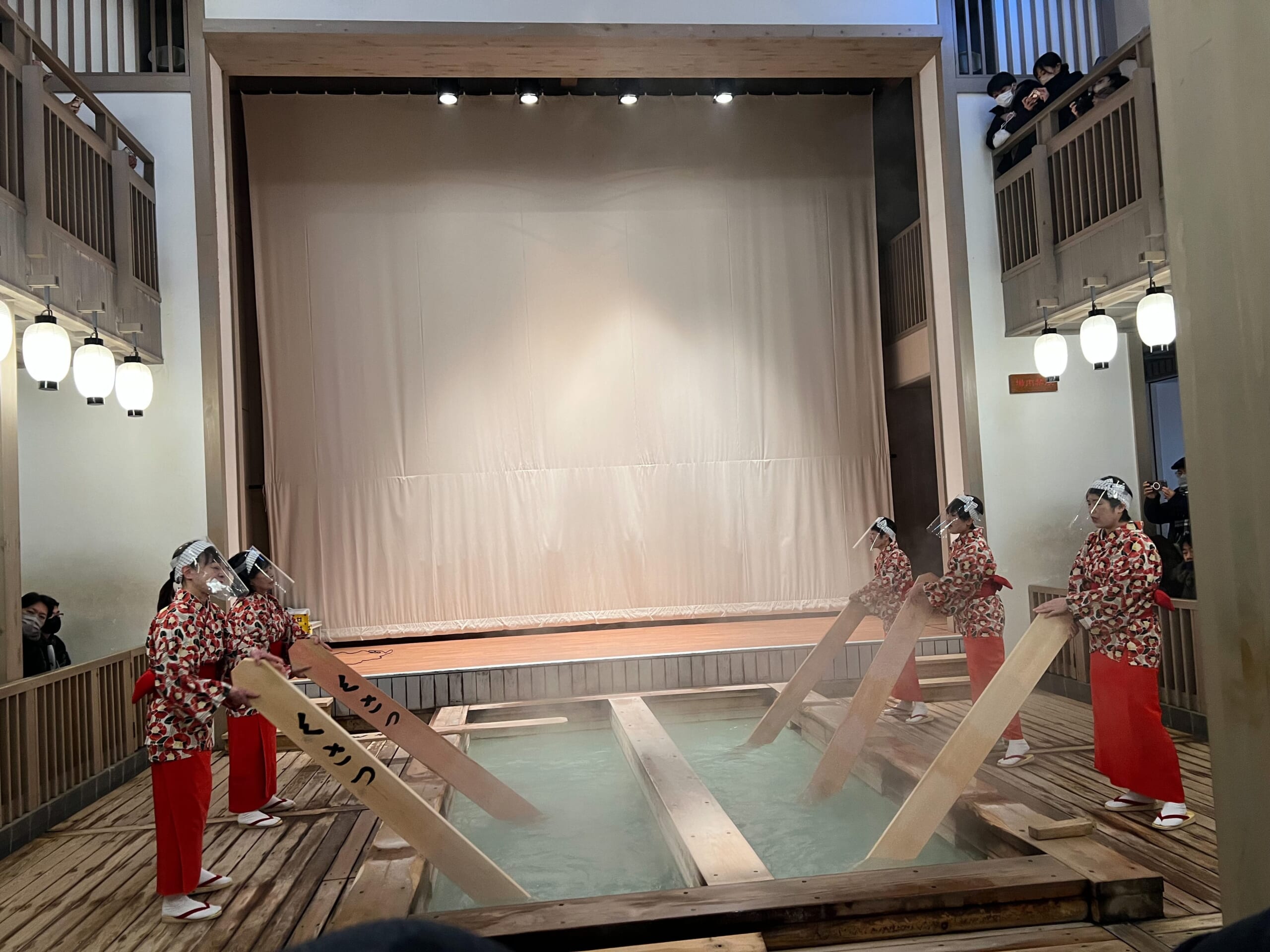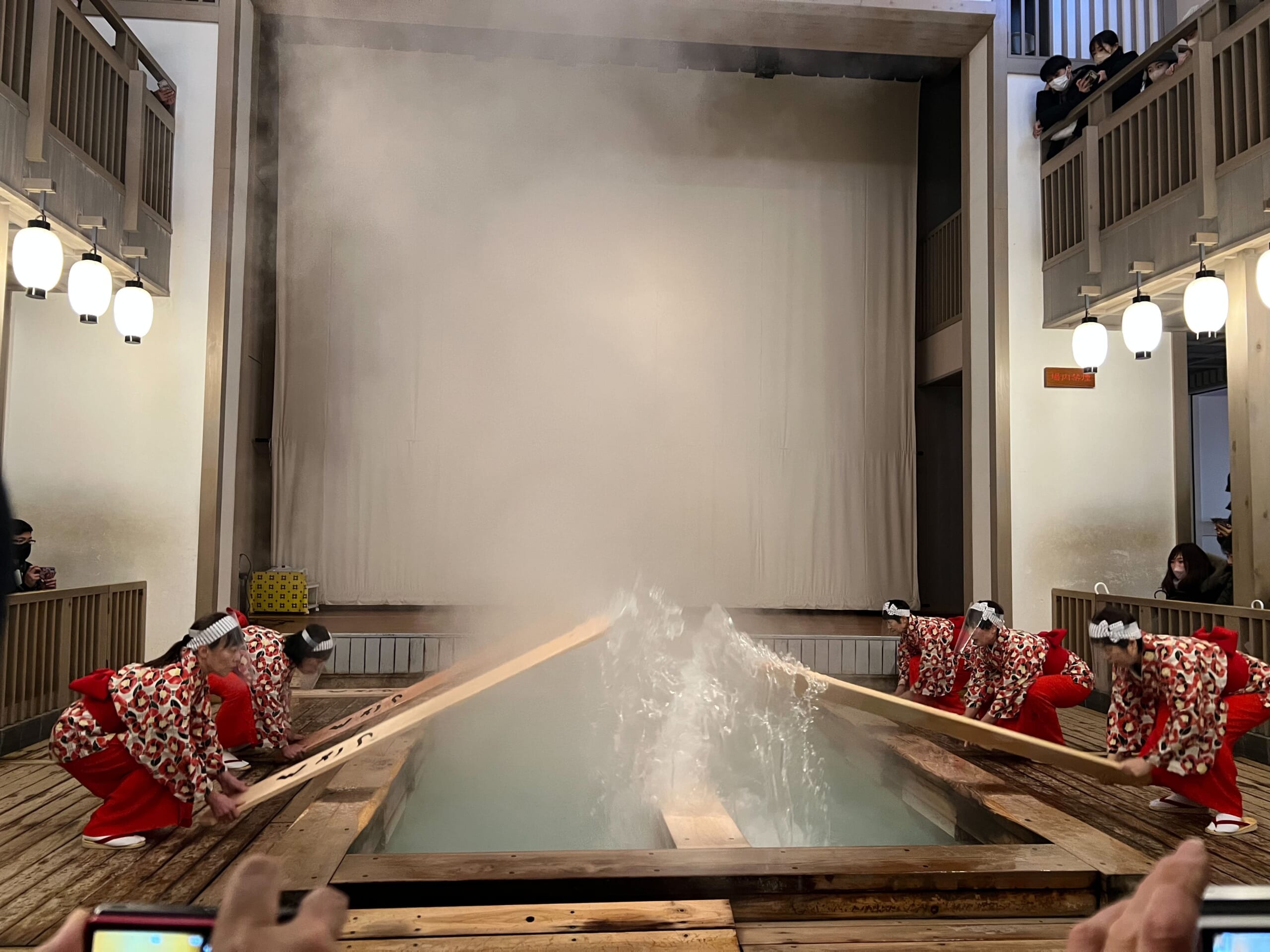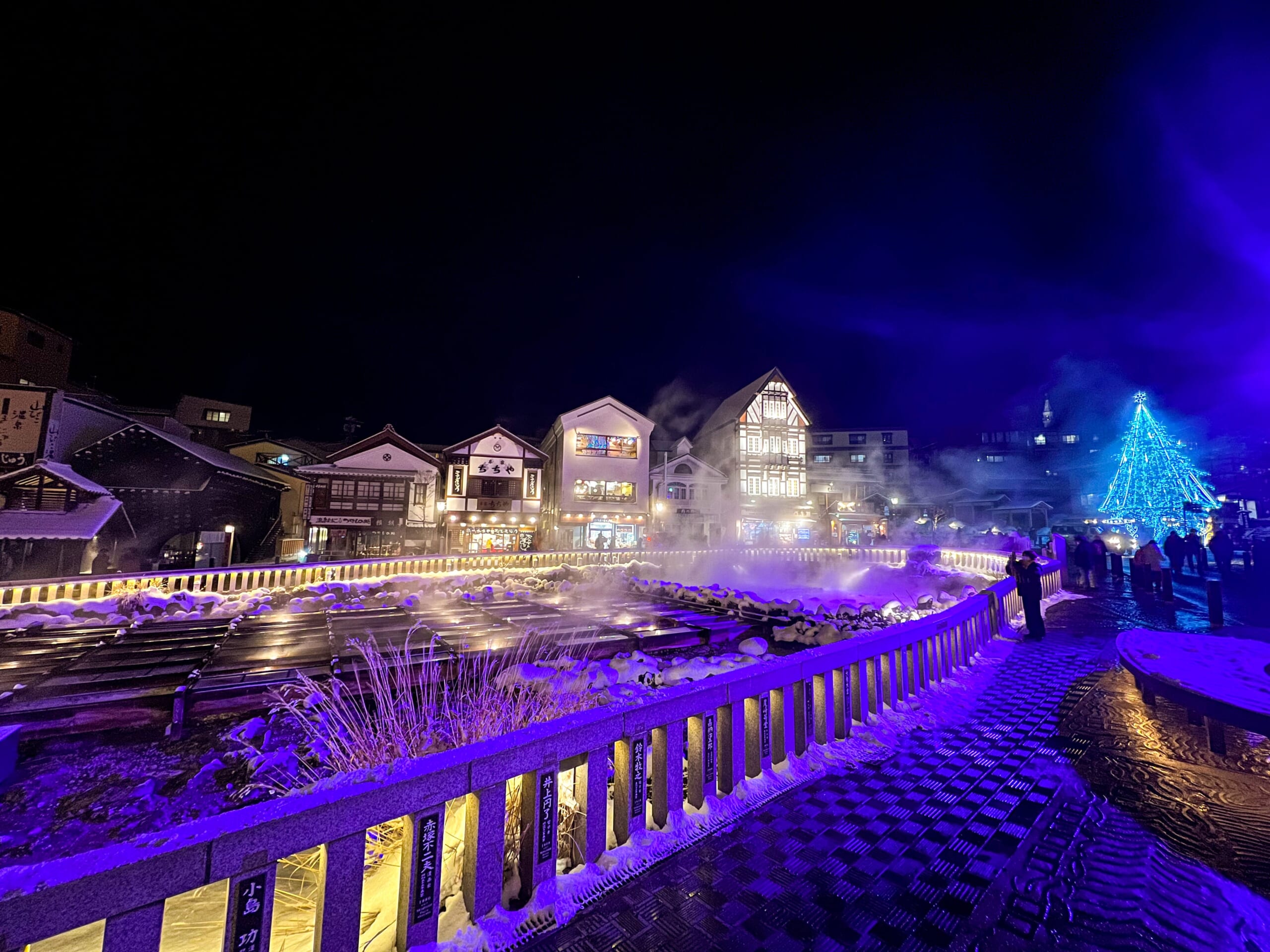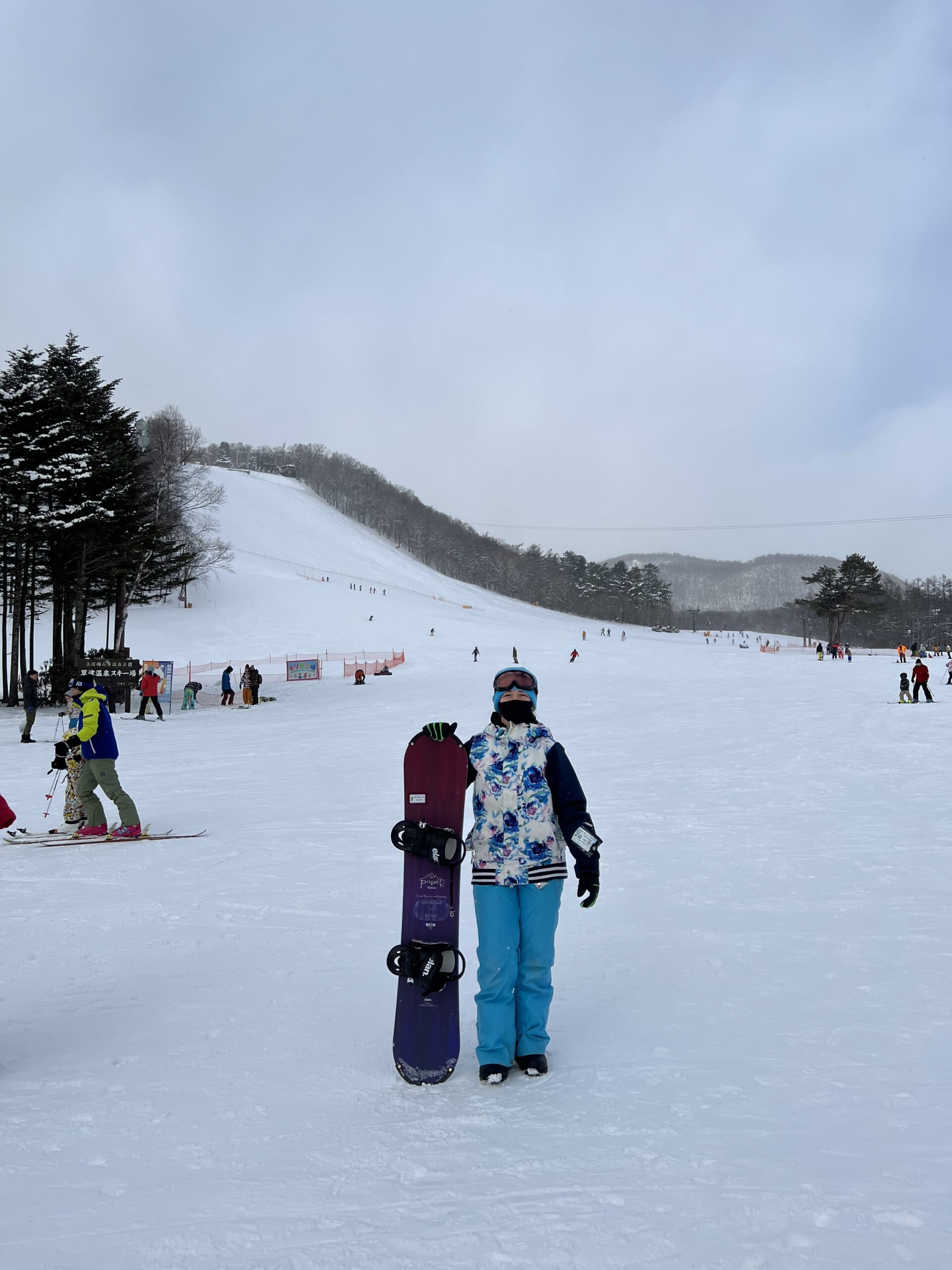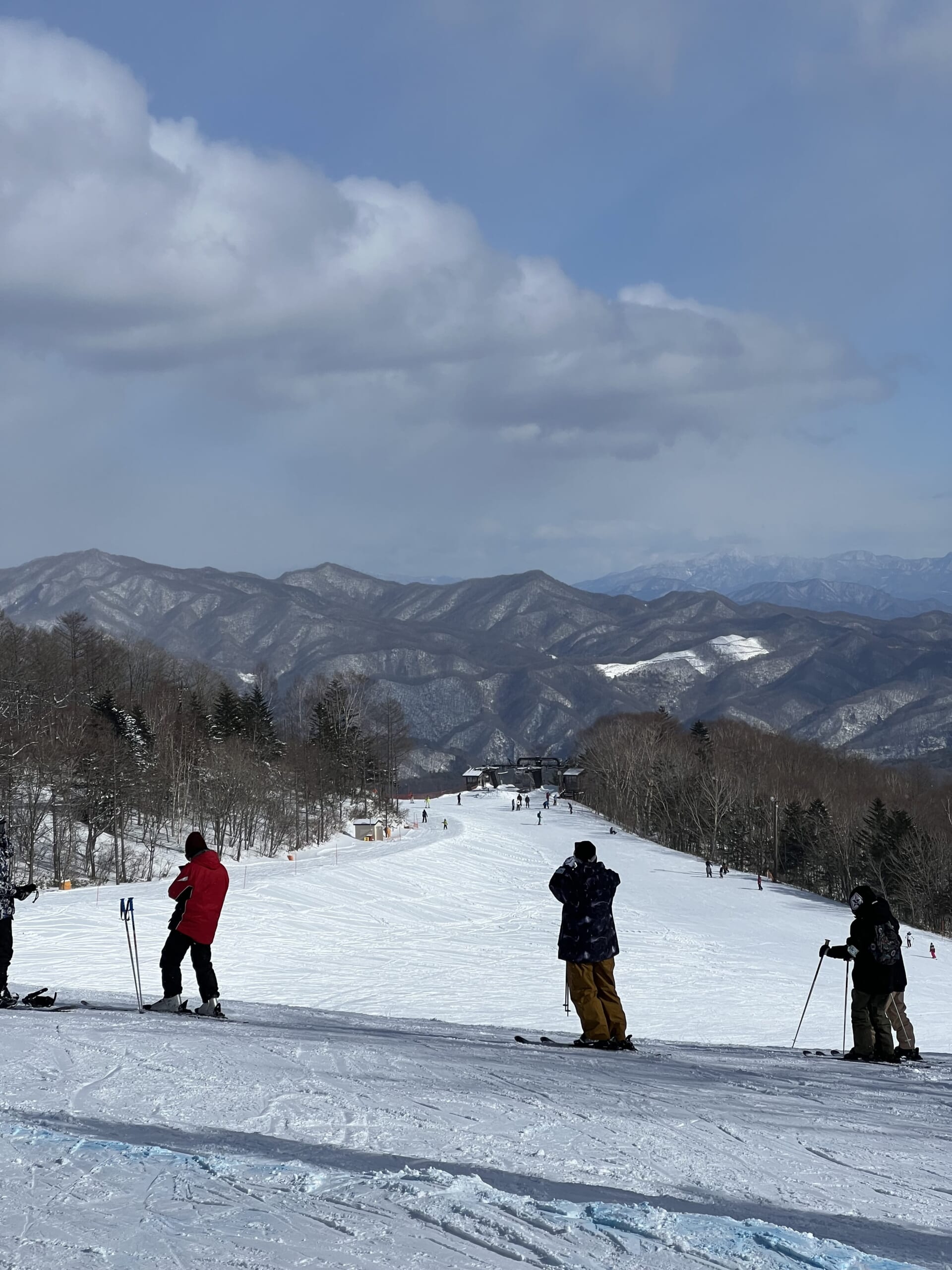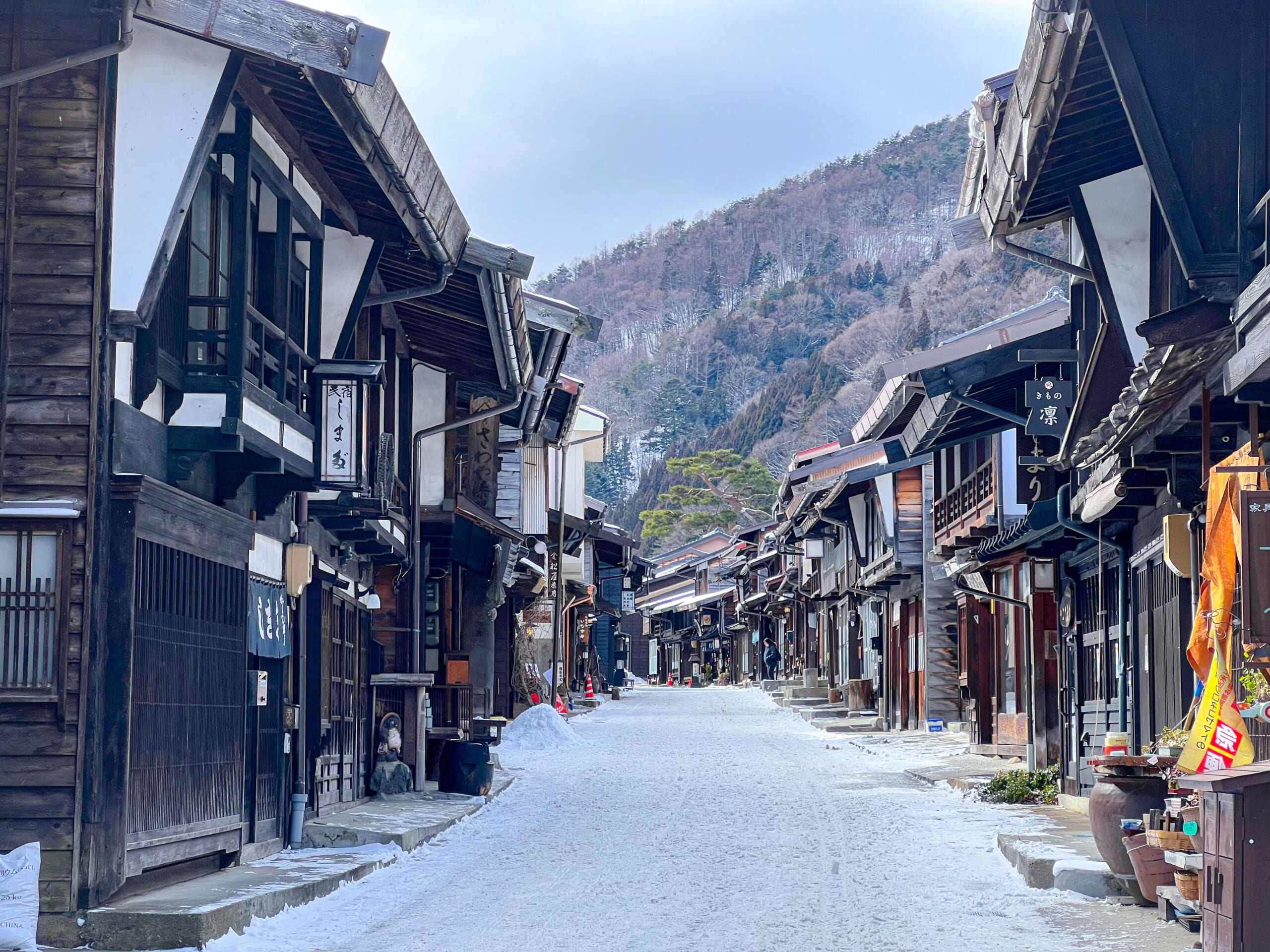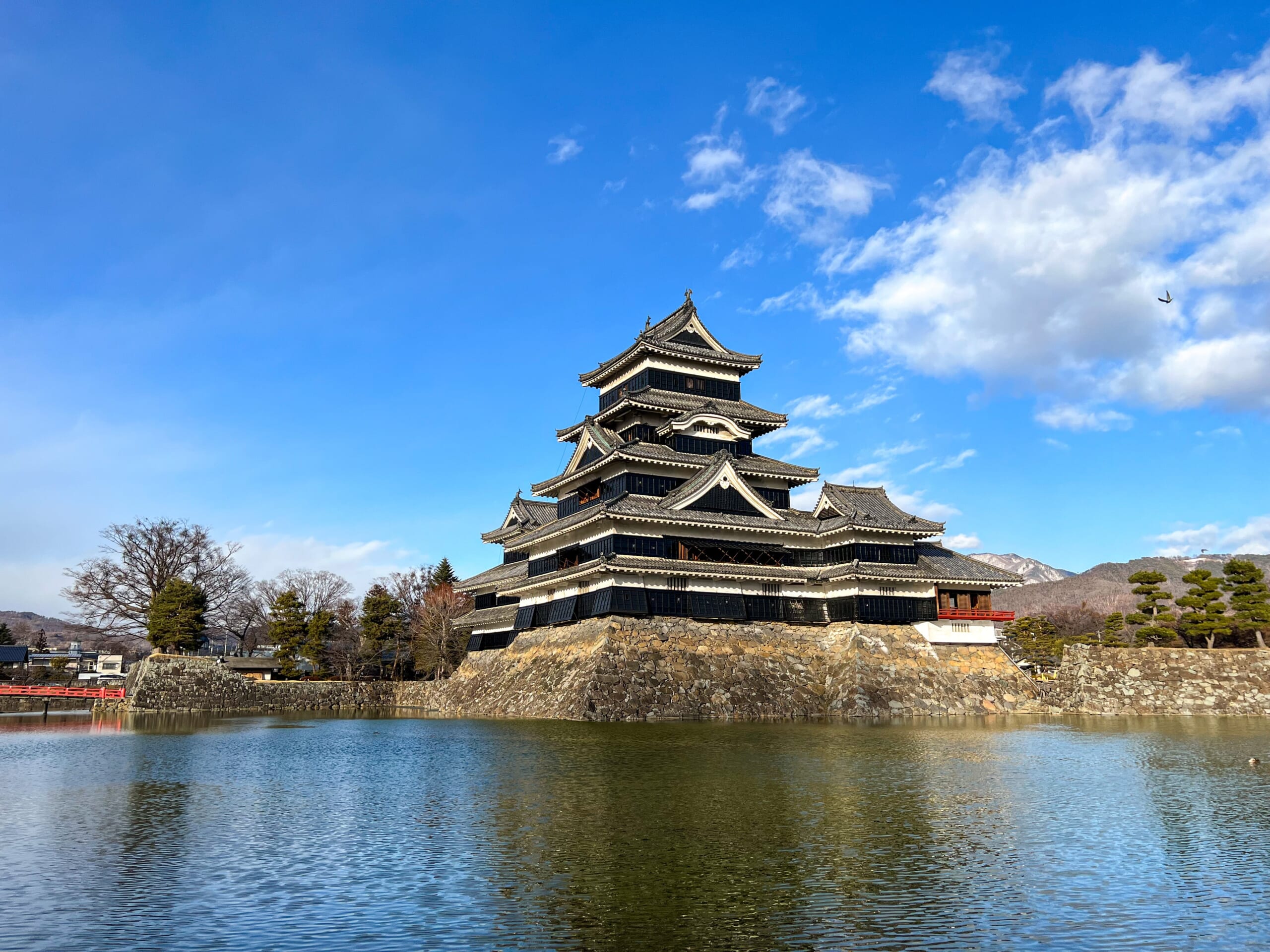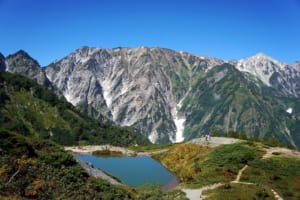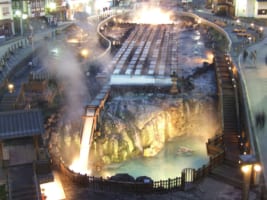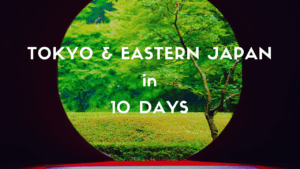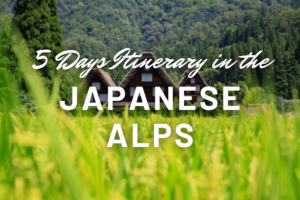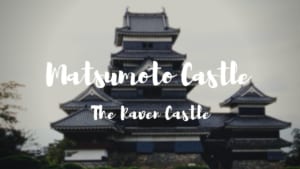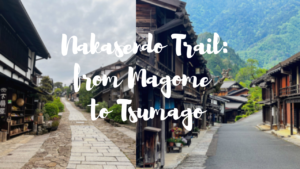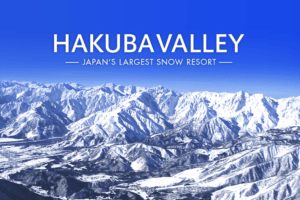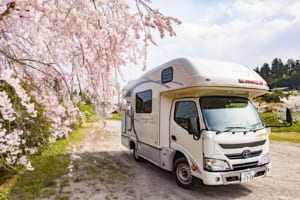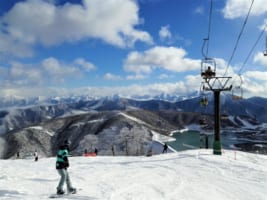5 Days Trip in East Japan: Nagano and Gunma
Discover the best of East Japan with this 5 days itinerary including the Snow Monkey Park, Narai-Juku, Kusatsu Onsen and more!
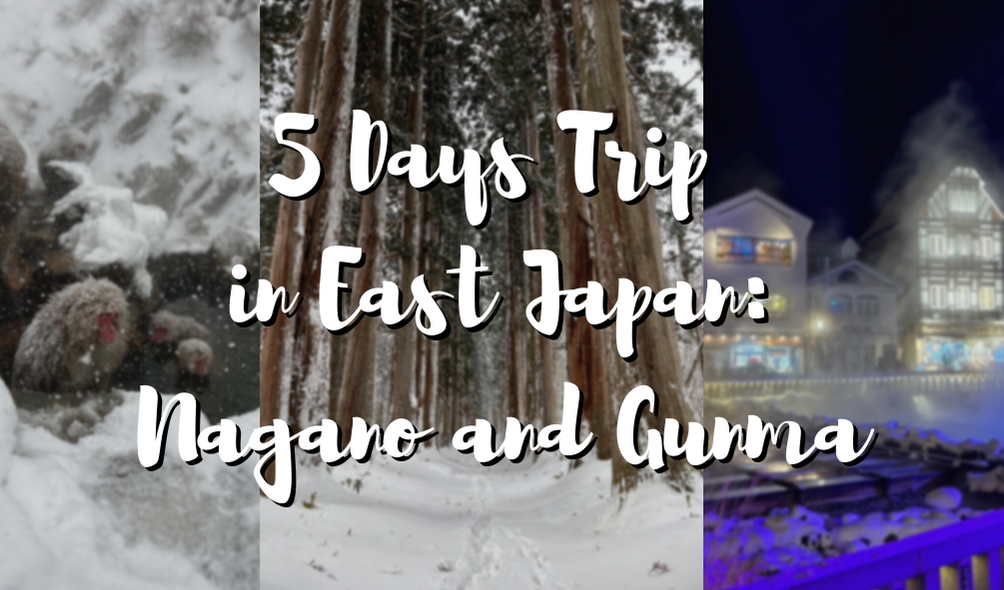
Japan has been one of the top destinations for tourists in recent years. Cities such as Tokyo, Osaka, Kyoto or Hiroshima receive millions of visitors every year (with the exception of the two years that the country has been closed to the world).
However, Japan has much more to offer! Especially the eastern part of Japan is still unknown to many, but it has great potential. In addition, to promote tourism in the area, the major railway company JR East has released special passes for foreigners, both tourists and residents, that allow you to save a lot of money on transportation!
Recently myself and a friend used the JR East Pass for the Nagano and Niigata area, which is priced at 18,000 yen for 5 consecutive days of unlimited travel on the shinkansen bullet train. Today in this article I want to share with you our 5-day itinerary in the East area of Japan, visiting Nagano and Kusatsu Onsen in Gunma!
*Please note that this article contains affiliate links.
Day 1: Nagano – Monkey Park & Zenkoji Temple
The first day we got up very early in order to make the most of the day. We left Tokyo for Nagoya, and once in Nagoya station we quickly took the bus to the famous Jigokudani Monkey Park (地獄谷野猿公苑), also know as Snow Monkey Park in Yamanouchi City. The Snow Monkey Park is a unique place in Japan and in the world where you can see Japanese macaques or snow monkeys taking a relaxing bath in natural open-air hot springs. Nagano is a very cold area, with harsh winters, so the clever macaques have long since started to combat the cold with hot water baths.
Due to the heavy snowfall the night before, the bus took more than half an hour longer than planned to arrive at the destination. Then from the stop until you can see the monkeys there is a 30-40 minute walk. Especially when it is snowy, the path is very slippery, so I recommend you to be very careful and wear appropriate footwear. The entrance to the park cost 800 yen per person, and to our surprise the monkeys walked among the feet of the visitors without any problem. We spent some time there taking pictures and watching the monkeys, but it was VERY cold so we decided to go back soon.
Being a fairly rural area, buses don’t run very frequently. At best, it’s one bus every hour, but in some intervals if you miss a bus the next one is in two hours. With this in mind and after checking the schedule for that day (and because it was freezing cold), we decided to hurry. We ate at a small but lovely restaurant between the monkey park and the bus stop, and headed for Nagano again.
Once in Nagano, we went to check in at the hotel, leave things in the room to go lighter luggage and as the hotel was relatively close, we took a walk to the Zenkoji temple. This temple is impressively large and both the temple and the surroundings are totally beautiful, especially with everything covered with snow giving it a magical and special atmosphere.
The area before Zenkoji temple, known as Nakamise street is full of little street food stalls typical of the Nagano area. I couldn’t resist trying one of the famous Oyaki, the number one street food in Nagano, I recommend the pumpkin and the onion and cheese, a specialty of the area! Then I went for a delicious apple pie with cream. The best way to warm up the body to combat the cold of the area.
We also entered the local Starbucks, built in a traditional Japanese house. On the second floor there is an area with a table with a tatami floor, where you can feel the traditional Japan while having a latte.
Day 2: Nagano – Togakushi Shrine
The second day we also had to get up early. Quick breakfast near the station before taking the bus to our destination: the Togakushi Shinto shrine, located in the mountains. Togakushi shrine is actually composed of 5 shrines, and the idea is to make a small pilgrimage hike passing through the five shrines.
The bus drops you off at Hokosha Shrine, at the lowest altitude and from there you need to walk to the top. Usually hhe hike shouldn’t be too much of a problem but in our case absolutely all the way was covered with snow due to the heavy snowfall of the previous days, so it took us a while to reach our destination. Along the way there are different interesting spots where you can stop to take pictures, and there are also public restrooms (important when you are going to be walking for a while through a rural forest area with almost nothing).
Finally we arrived to our destination, the Zuishinmon Gate and Togakushi’s Lane of Cedars. I personally really wanted to see the row of giant cedars with the road covered in snow. More than 200 cedars, some 400 years old, creating an amazing vision.
We could have continued to the last shrine, but the snow route had left us quite tired and we were worried about the frequency of buses so we decided to go back, eat a hot soba with chicken and onions, the specialty of the area, to warm up and return to Nagano.
Day 3: Kusatsu Onsen
After two days of visiting in the cold and snow, some relaxation is needed. Kusatsu Onsen is the perfect winter destination in Japan for a day of relaxation!
We arrived around 12 o’clock and it was snowing, so we visited a little bit the area near Yubatake, the biggest hot spring source in Kusatsu located in the center of the city. Then we went for lunch to re-charge our energy to continue exploring the city further, such as the beautiful temple located near the central area, called Kosenji temple.
We also took the opportunity to see a performance of Yumomi, one of the major tourist attractions of Kusatsu Onsen. As it was getting dark, we took one of the shuttle buses to our resort hotel to check in, drop our bags and take a relaxing bath in the hotel’s rotenburo. A rotenburo is an open-air hot spring bath. Hot springs, called onsen in Japanese, are very typical in Japan and one of the most popular activities among the Japanese. For me to enter a hot spring in the open air while outside you see the snow is one of the best sensations and experiences you can have in Japan.
Now more relaxed, we returned to the city center to see the Yubatake night illumination and dine on one of Kusatsu’s specialties: hot udon. Then our day ended with another visit to the hotel’s rotenburo before going to bed.
Day 4: Kusatsu Onsen – Snowboard / Ski & Onsen
One of my favorite days of the trip! Many people don’t know that Kusatsu has a ski resort, Kusatsu Kokusai Ski Resort. The resort is very close to the city center, only about 15 minutes, and there is a free shuttle bus from the bus station. In our case, our hotel also offered free shuttle service to the ski resort.
If like us you are not a professional skier or snowboarder, but want to look for something close to Tokyo, easy and affordable, this is a very good option! Areas like Hakuba in Nagano or GALA Yuzawa in Nigata are much more popular and bigger, and many snow sports enthusiasts travel from other countries to visit these ski resorts. However, they are also more expensive, farther away and the difficulty of the slopes is higher.
At Kusatsu Kokusai Ski Resort if you book two days in advance through their website for 11,000 yen you get a set with ski or snowboard rental plus boots, clothing (pants, coat, scarf, goggles and gloves) and a day pass for the gondola lift. So our first stop was to go and get the necessary equipment. To our pleasant surprise, they gave us the snow gloves 🙂 Once we had our equipment to be able to slide down the mountain, we went to have breakfast.
And the moment of truth has arrived! There are different tracks with different difficulties, so you can choose the one that best suits your skills or try several. After several hours of fun, but also falls and bumps, the slopes began to close. We had lunch at the resorts restaurant and returned the equipment before catching the last shuttle bus to Kusatsu.
As it could not be otherwise, after all morning rolling down the mountain, we said goodbye to Kusatsu visiting one of the onsen of the city. We spent more than an hour there and started our return trip to Tokyo.
Day 5: Nagano – Narai Juku & Matsumoto Castle
On the last day of our trip we decided to make the most of our JR East Pass!
In the morning we went to Narai Juku, a picturesque and beautiful village in the mountains that has become a trend on social media recently. The tourist part of the small village is mostly a small street surrounded by traditional houses, where there are charming little souvenir stores and restaurants run by the villagers.
To be honest, Narai Juku is quite far away and there are very few trains per day. So after seeing the main area, buying some souvenirs and tasting some local food, we decided to take the train to Matsumoto (otherwise the next train would pass in 2 hours).
Once in the city of Matsumoto we looked for a place to eat, and went to visit the Matsumoto castle. After exploring the surroundings of the castle and taking pictures, we stopped again to buy the last souvenirs before returning to Tokyo and ending our 5-day trip.
JR East Pass: Nagano and Niigata area
As I said, I did this trip using the JR East Pass Nagano and Niigata area. This is one of the few JR Passes that can be purchased by both tourists and foreigners residing in Japan as well. The JR East Pass for Nagano and Niigata is a 5-days pass that allows you to have unlimited travel on the Japanese bullet train shinkasen at price of 18,000 yen.
▶ Buy here your JR East Pass Nagano and Niigata area and save money on your trip!!
And that’s it! Did you enjoy our two-day tour of East-Central Japan? What is your favorite place? For more interesting things to do in the Nagano and Gunma area, check these articles too!
▽ Related Articles ▽
▼ Editor’s Picks ▼
Written by
From Barcelona to Tokyo. Coffee & Adventure lover.
I started to like Japan because of the anime, music and dramas, but after my first trip to the country I found what I love the most: traveling around, the culture and history. I have travelled a lot in Japan, but I still have many places to discover that I want to share with you. Let’s discover Japan together!
Also, as a foreigner living in Japan for over 6 years I understand what kind of things are difficult when you move here and I want to help other people in the same situation that I have in the past.
